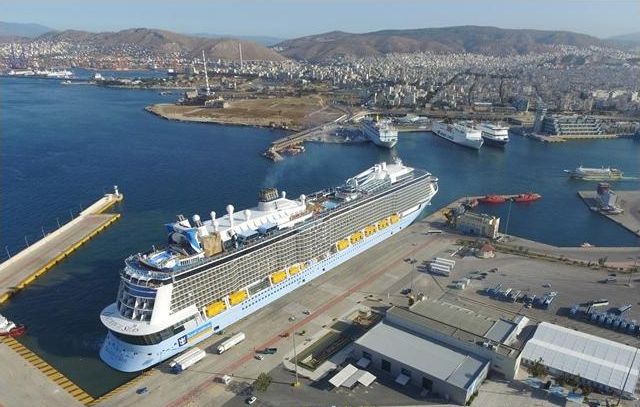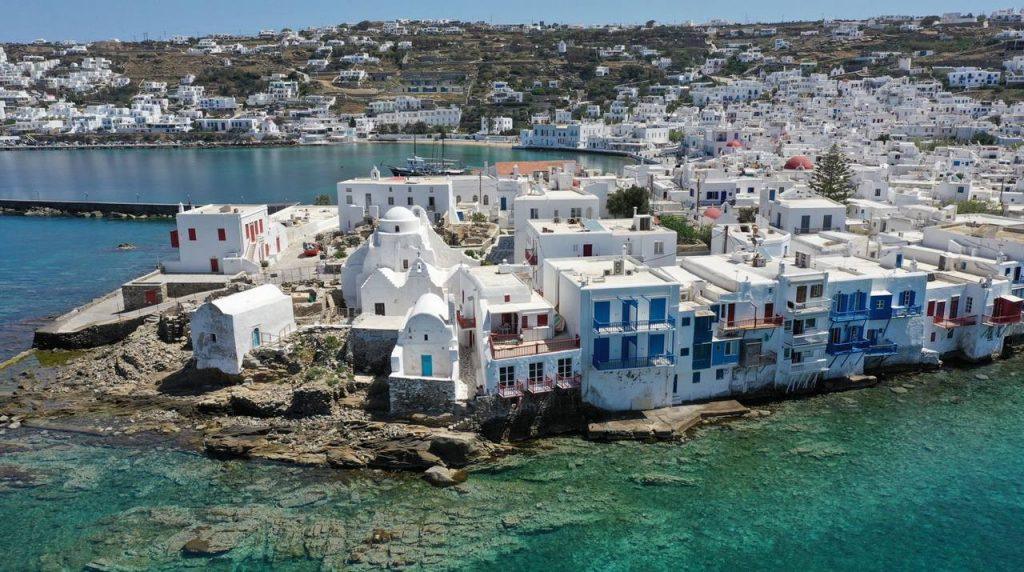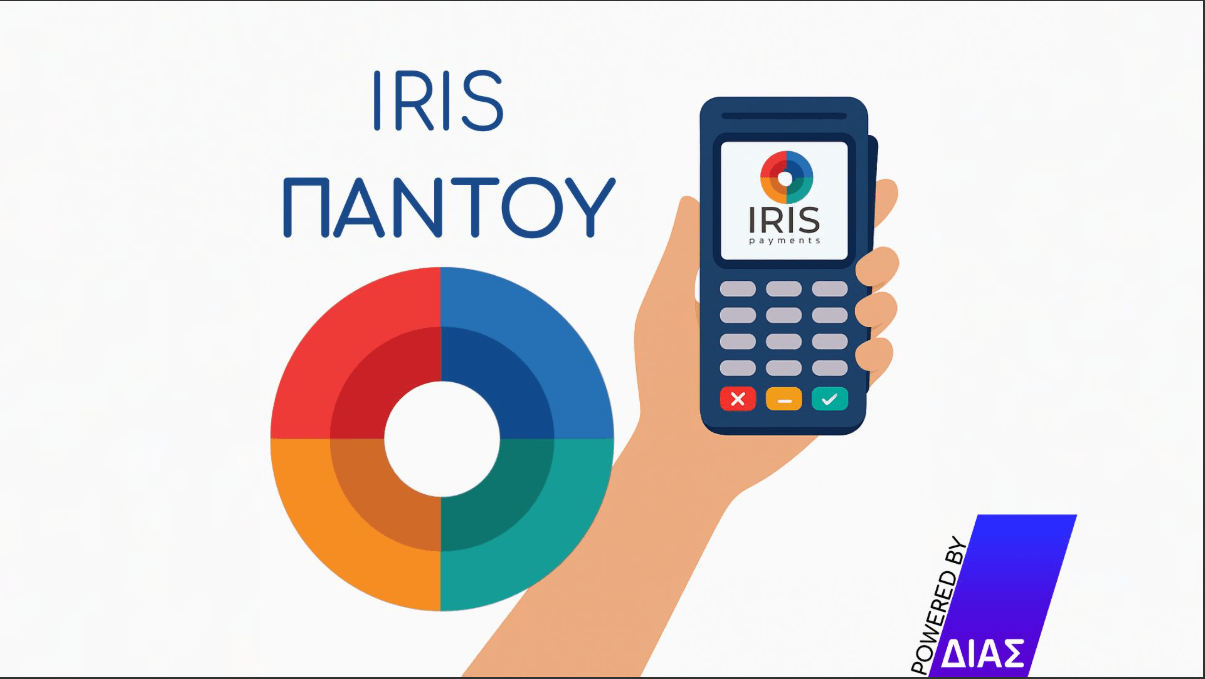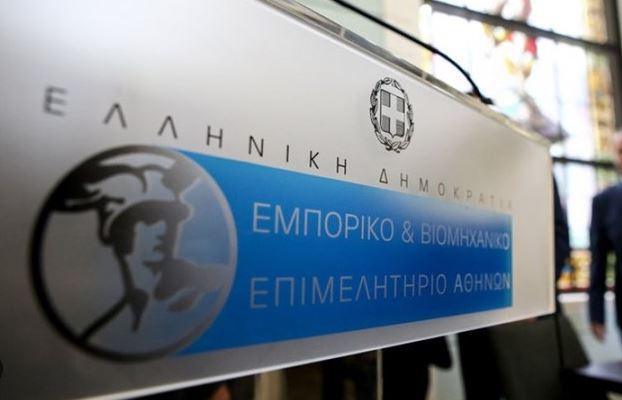Foreign media outlets are closely following the mixed — and in some cases negative — sentiment emerging across Greece’s islands following the implementation of the new cruise passenger tax, which officially came into effect on Tuesday, July 1st.
At the center of the debate are the iconic islands of Mykonos and Santorini, where cruise visitor numbers are expected to surpass 1.5 million this year. With cruise ship arrivals set to break records, the new “pioneering levy” aims to curb overtourism, protect infrastructure, and support environmental sustainability, reports TravelWeekly Australia.
Higher Rates for Greece’s Top Cruise Destinations
Mykonos and Santorini, two of the most visited Greek islands, are subject to the highest cruise taxes, with the following seasonal breakdown:
• Peak season (June 1 – September 30): 20 euros per passenger
• Mid-season (April, May, October): 12 euros per passenger
• Low season (October 1 – March 31): 4 euros per passenger
In contrast, other Greek ports impose significantly lower rates:
• Peak season: 5 euros per passenger
• Mid-season: 3 euros
• Low season: 1 euro
France24 reports Santorini saw over 1.3 million cruise passengers in 2024, up 4%. Despite a daily cap of 8,000, about 8,400 passengers were set to arrive on the new tax’s first day.
Greece’s Goal: Sustainable Tourism
The tax aims to ease pressure on popular islands, encourage sustainable tourism, and preserve their natural and cultural appeal.
Travel and Tour World reports that Mykonos is on track to host 900 cruise calls and 1.5 million visitors in 2025. Still, some cruise operators have expressed concern that the new levy might reduce the island’s appeal, especially as companies continue to juggle rising operational costs and slim profit margins.
A Shift in Tourism Policy
The move signals a shift in Greece’s cruise tourism strategy. As The Independent highlights, the 20 euros peak-season charge is specifically designed to combat severe congestion during the busiest months. For passengers, the tax will likely be incorporated in cruise fares, with cruise lines handling payment to the Greek government. It reflects Greece’s effort to balance tourism growth with sustainability.
Source: tovima.com










![ΕΛΣΤΑΤ: Αύξηση 5,3% στο λιανεμπόριο τον Οκτώβριο [γραφήματα]](https://www.ot.gr/wp-content/uploads/2024/05/lianemporio-scaled-1-2048x1366-1-300x300.jpg)




















![ΕΛΣΤΑΤ: Αύξηση 5,3% στο λιανεμπόριο τον Οκτώβριο [γραφήματα]](https://www.ot.gr/wp-content/uploads/2024/05/lianemporio-scaled-1-2048x1366-1.jpg)








